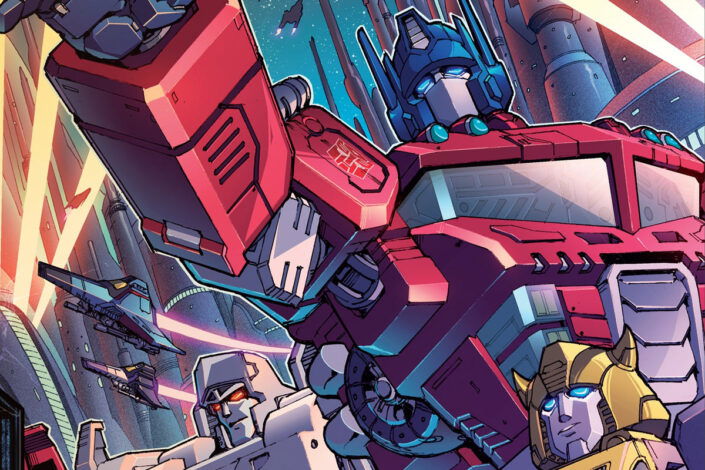Batman The Court of Owls Reading Order

Created by Scott Snyder and Greg Capullo, The Court of Owls first appeared in Batman (vol. 2) #2 in 2011, at the start of the New 52 era. Previously, the Owls were not part of the DC Universe, but Snyder provided hints about the organisation in his earlier Batman work, Batman: Gates of Gotham.
The shadowy Court of Owls is an organised crime group and secret society made up of wealthy Gothamites. It has existed in Gotham City since colonial times. For a very long time, the Court was just an urban legend, until Batman discovered one of their secret base of operations. There, he found a series of old photographs of the Court’s members with one of their assassins, the Talon (William Cobb), an undead, reanimated killer. The Court kidnaps child circus performers to train and transform them into assassins known as Talons.
The Court of Owls is composed of some of Gotham City’s oldest and wealthiest families. It has controlled Gotham City for centuries, wielding political influence throughout history through murder and money. They revealed themselves to Batman when they decided to send their killer after Bruce Wayne, who had announced plans to rebuild and reshape Gotham City for the future.








